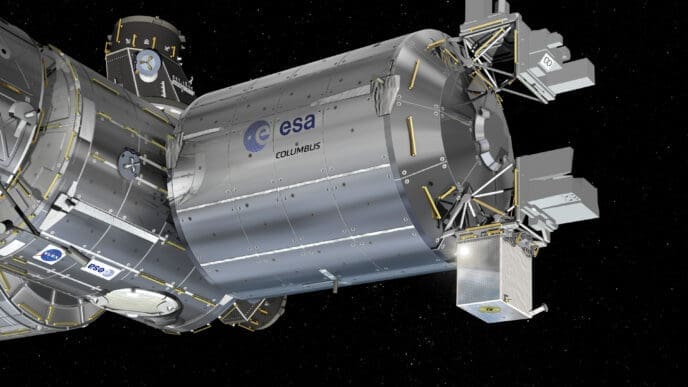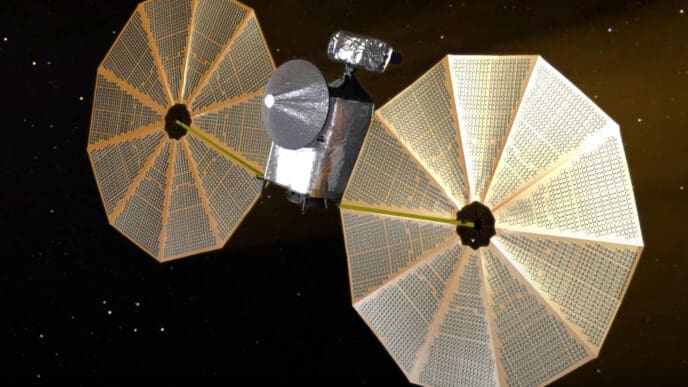The universe may hold more mysteries than we currently comprehend, particularly at the subatomic level. Scientists have theorized the existence of several particles that could potentially expand our understanding of matter and energy. Despite the lack of definitive evidence, these particles represent some of the most intriguing possibilities in modern physics.
The idea of the dark photon emerges from our quest to understand dark matter and dark energy. Regular photons are well-known for their interaction with various particles and their role in numerous processes. However, dark photons, if they exist, could be fundamental in explaining the nature of dark matter, which constitutes a significant portion of the universe’s mass. As the universe expands at an accelerated rate, driven by dark energy, the complexity of the dark sector akin to our known universe remains a mystery. Though dark photons have yet to provide evidence through experiments, their theoretical potential continues to intrigue researchers.
In the early universe, moments after the Big Bang, a rapid expansion known as inflation is believed to have occurred. The curvaton theory suggests a companion particle to the inflaton, which could further explain the universe’s structure. This hypothetical particle could support inflation models by allowing them to predict cosmic structures without needing finely-tuned conditions. The debate remains active as introducing the curvaton adds another layer of complexity to the already speculative inflation scenario.
Carriers of the strong force, gluons, are known for their complex interactions. This leads us to the glueball, a proposed particle composed solely of gluons. The fleeting nature of glueballs makes them elusive targets for discovery, as they decay almost immediately. Despite this challenge, experiments like GlueX continue to search for these particles, representing one of the last major predictions of the Standard Model awaiting confirmation. Comprehensive experiments strive to identify glueballs amid a backdrop of more familiar particles at colliders.
The X17 particle has caught the attention of physicists following findings from the Hungarian Institute for Nuclear Research. Experiments there indicated an anomaly suggesting the presence of a new particle with a mass of 17 MeV. Despite achieving a certain level of statistical significance, the wider scientific community remains skeptical, requiring independent replication of these results. While the allure of X17 persists, ongoing investigations aim to either confirm its existence or demystify the observed anomalies through alternative explanations.
Fundamental particles like quarks and leptons are seen as indivisible today. Yet, the preon hypothesis proposes that these particles might be composed of even smaller units. While no experimental evidence currently supports the existence of preons, they offer a potential solution to unexplained similarities among fundamental particles. The quest for smaller constituents of matter continues as scientists push the boundaries of particle physics in search of answers.
While the existence of these hypothetical particles is uncertain, they embody the spirit of scientific inquiry. Each represents a potential doorway to deeper understanding and an ever-evolving theory of the universe. Future experiments may yet reveal the truth, reshaping the foundation of physics as we know it.
Source: Space












